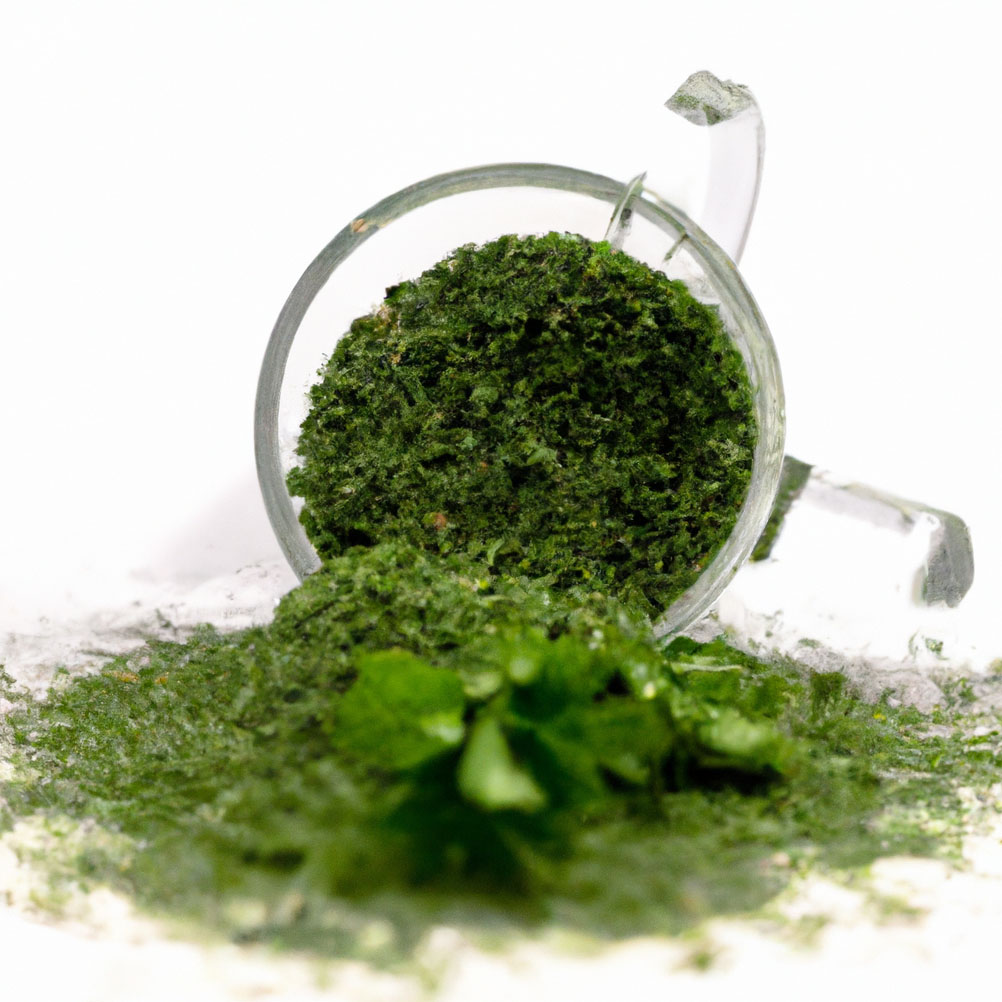Botanical Name: Anthriscus cerefolium
Chervil, often called “French parsley,” is a delicate and refined herb prized for its subtle yet distinctive flavor. A staple of French cuisine, chervil belongs to the parsley family and is closely related to parsley, fennel, and dill. Its tender, feathery leaves and mild flavor make it an essential component in dishes that require a light touch of herbaceous sophistication.
The flavor of chervil is best described as a gentle blend of parsley and tarragon, with a hint of anise-like sweetness. It offers a mild herbal quality that is fresh and slightly grassy, with a faint licorice note that sets it apart. This understated complexity makes chervil a favorite in classic French cooking, where it enhances dishes without overwhelming their natural flavors.
Chervil is most famously associated with fines herbes, a traditional French herb blend that also includes parsley, tarragon, and chives. This blend is a cornerstone of delicate recipes like omelets, light sauces, and salads, where its nuanced flavor can truly shine. It pairs beautifully with eggs, making it a go-to garnish for quiches, soufflés, and scrambled eggs. In soups, such as a classic French consomme, chervil’s mild flavor adds a touch of brightness.
The herb also complements seafood and poultry dishes, enhancing the natural sweetness of these proteins. Its anise-like undertones make it an excellent match for cream-based sauces and light vinaigrettes, where it adds a subtle depth of flavor. Chervil is often used as a finishing herb, added just before serving to preserve its delicate aroma and prevent its flavor from dissipating under heat.
In modern kitchens, chervil is celebrated for elevating even the simplest dishes. Whether sprinkled over roasted vegetables, folded into compound butter, or used as a garnish for fresh spring salads, chervil lends a touch of elegance and refinement.
However, because of its delicate nature, chervil should be handled carefully. When using fresh chervil, it’s best to chop or tear the leaves gently to avoid bruising, which can cause the flavor to dissipate. The herb should be stored in the refrigerator, wrapped in a damp paper towel, and used within a few days for optimal flavor.

